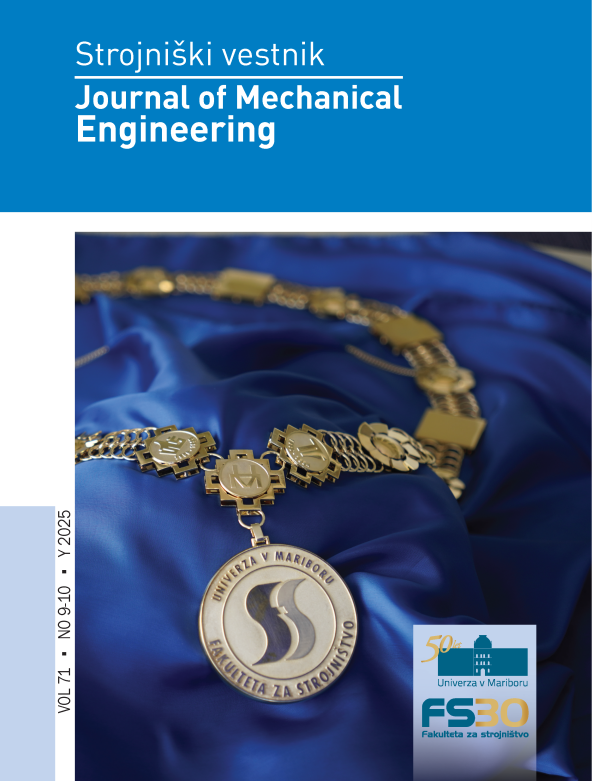Comparison of 1D Euler Equation Based and 3D Navier-Stokes Simulation Methods for Water Hammer Phenomena
DOI:
https://doi.org/10.5545/sv-jme.2025.1340Keywords:
water hammer, cavitation, water column separation, CFD, Euler equation, Navier-Stokes equations, OpenFOAM, method of characteristicsAbstract
Water hammer phenomena in pipelines can induce significant transient pressure surges, leading to structural failures and operational inefficiencies. This study presents a comparative analyzis of two numerical approaches for simulating water hammer: a one-dimensional (1D) inviscid model with added friction based on the Euler equations and the method of characteristics, and a three-dimensional (3D) viscous model utilizing the Navier-Stokes equations in OpenFOAM. Benchmarking problems are solved first, then both methods are used to study a 3.4 km long DN400 pipeline subject to sudden pump failure by analyzing pressure surges, cavitation, and water column separation. The 1D model effectively predicts transient pressure waves and cavitation conditions with minimal computational cost, while the 3D model provides a detailed representation of multiphase flow dynamics, including cavitation bubble growth and collapse via the volume of fluid method. To mitigate adverse effects, a dynamic combination air valve is introduced, and its effectiveness in reducing pressure surges and cavitation is demonstrated. The results highlight the trade-offs between computational efficiency and accuracy in modelling water hammer events and underscore the importance of protective measures in pipeline systems.
Downloads
Published
How to Cite
Issue
Section
License
Copyright (c) 2025 The Authors

This work is licensed under a Creative Commons Attribution-ShareAlike 4.0 International License.


